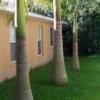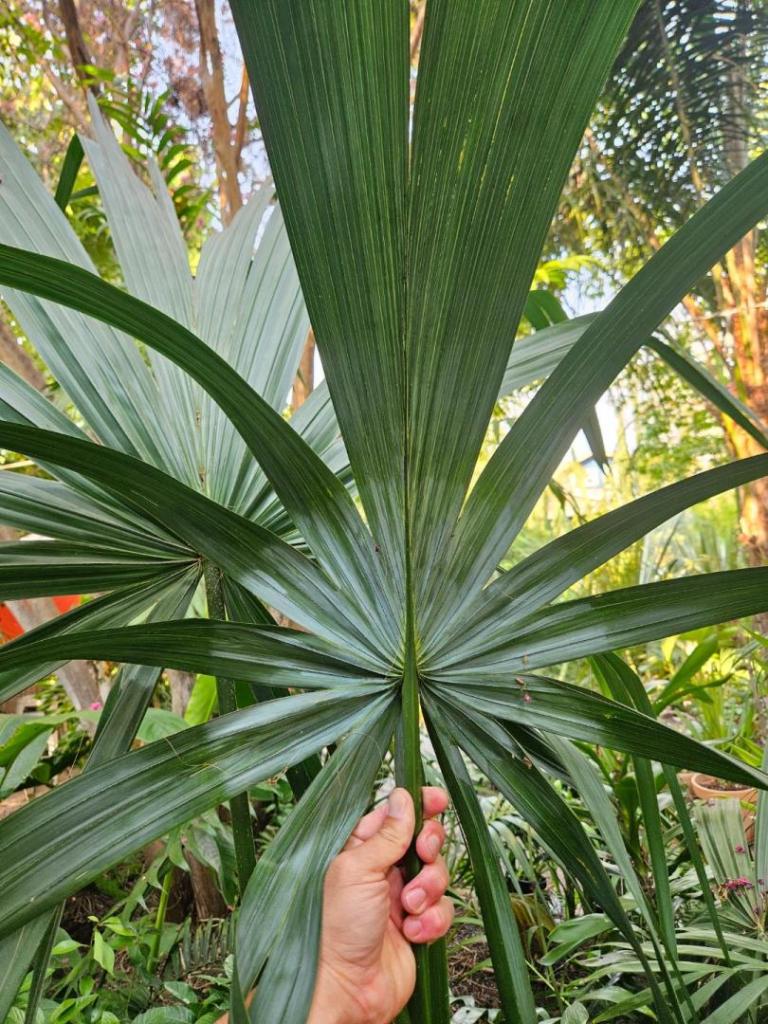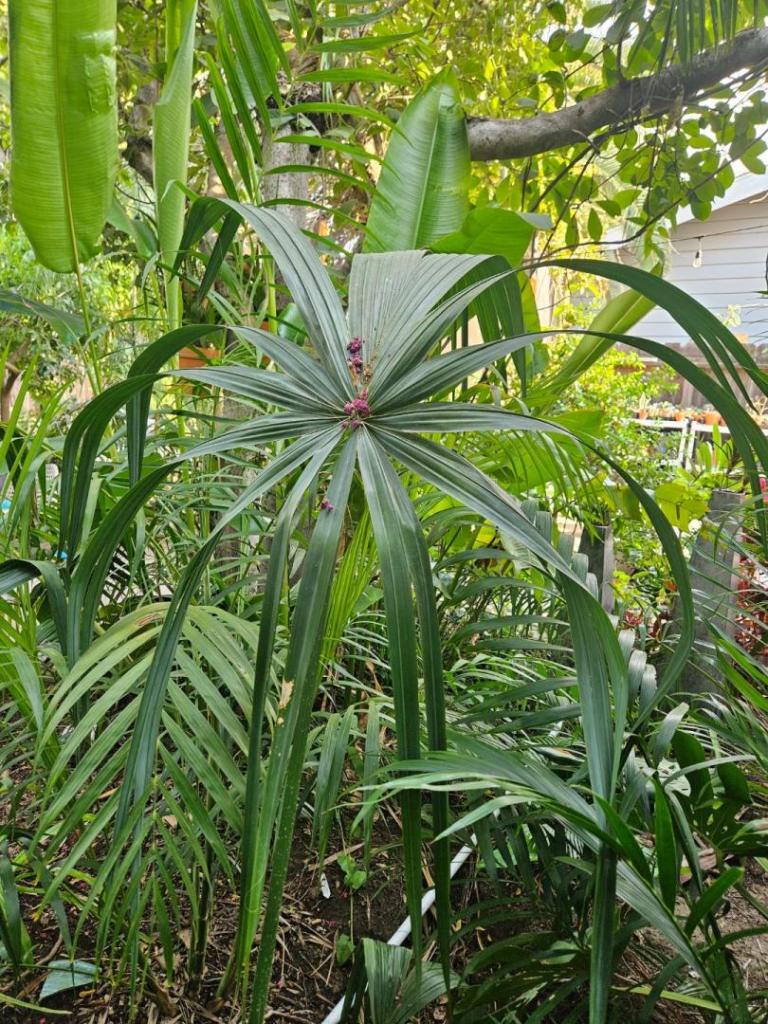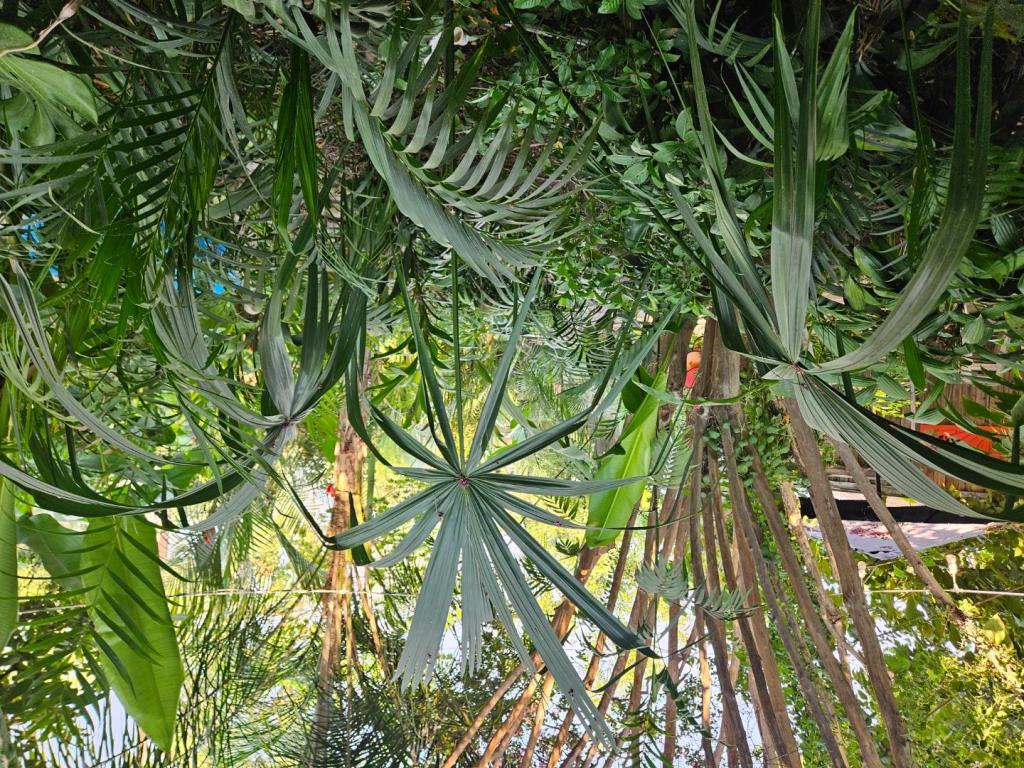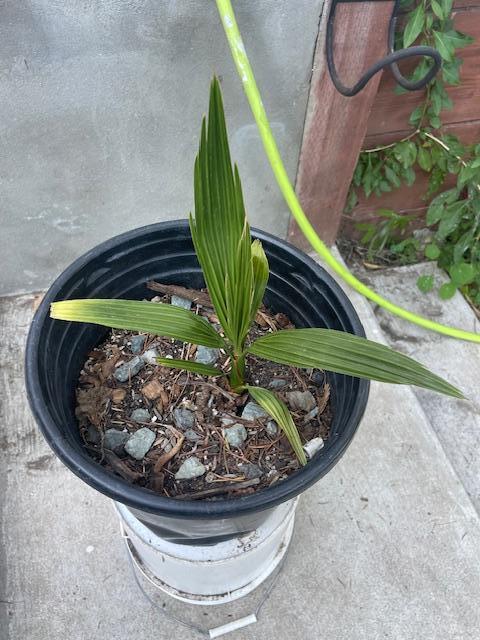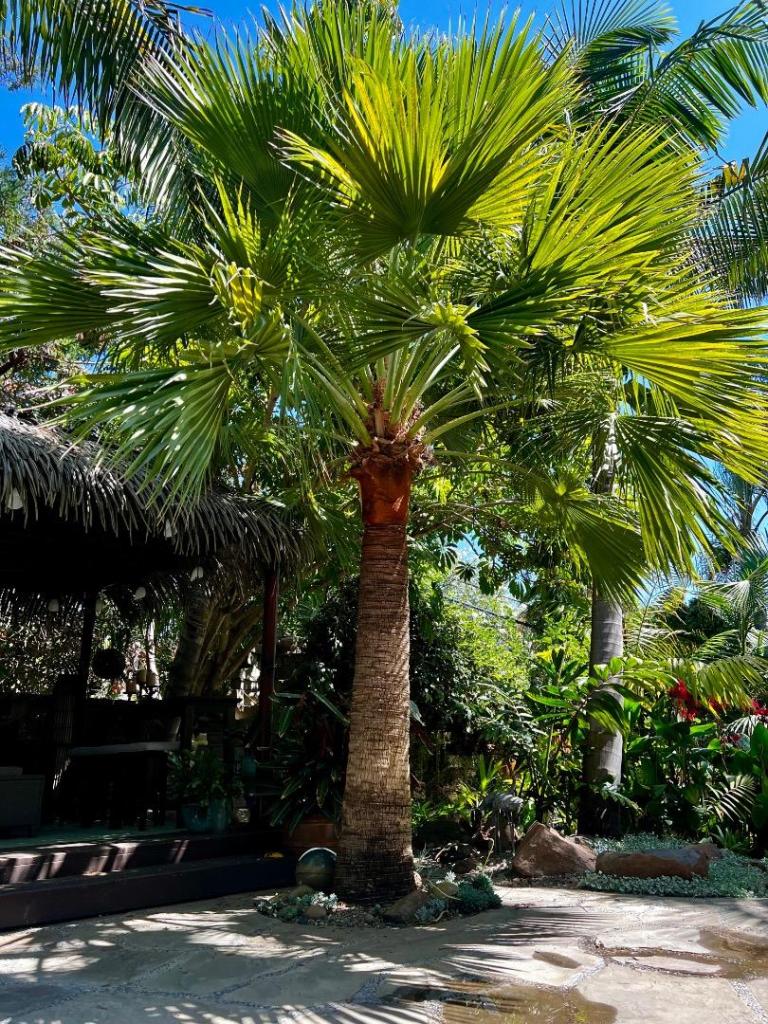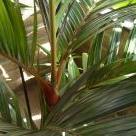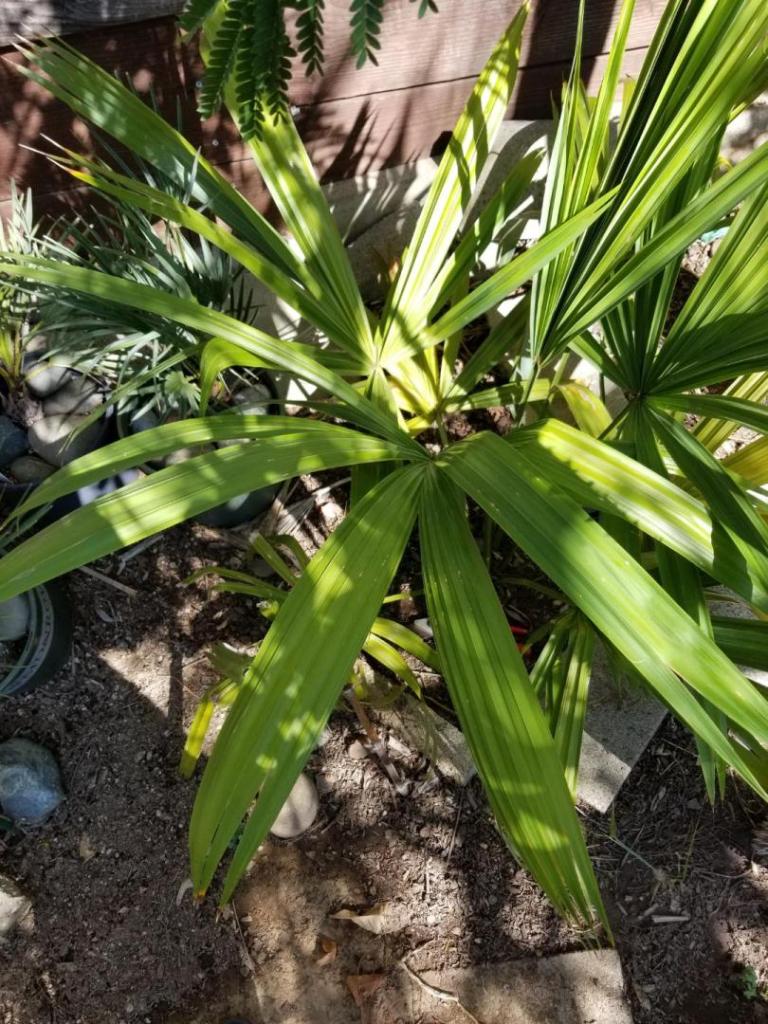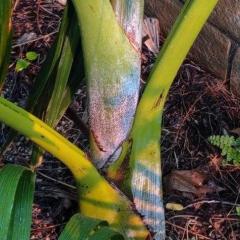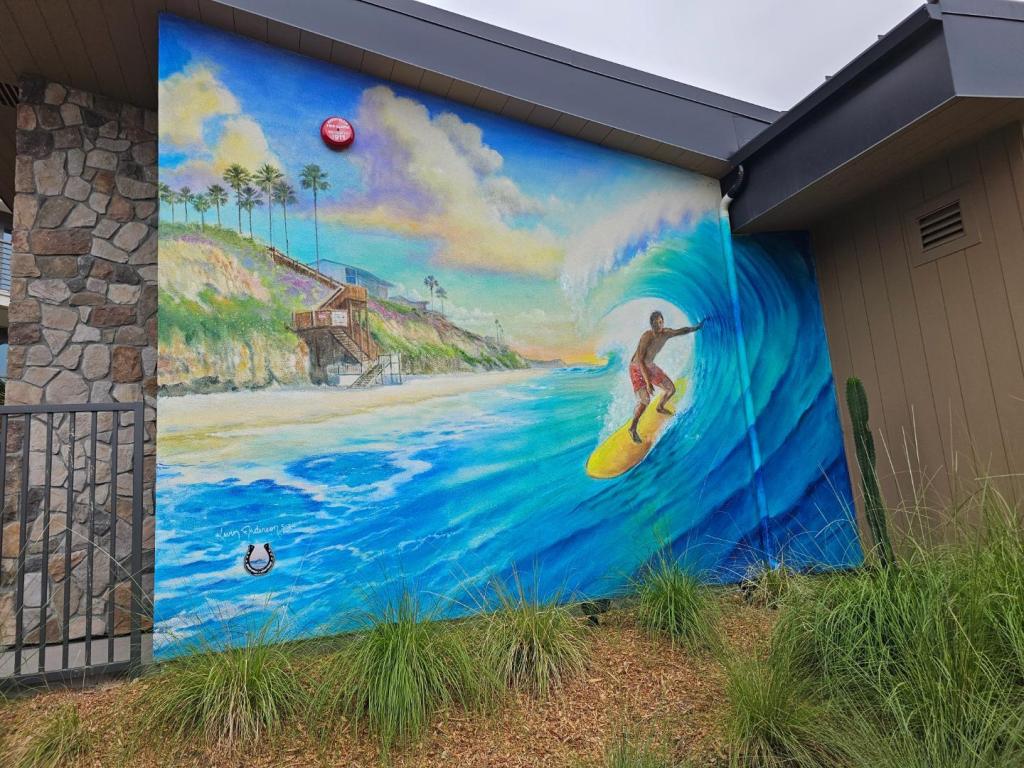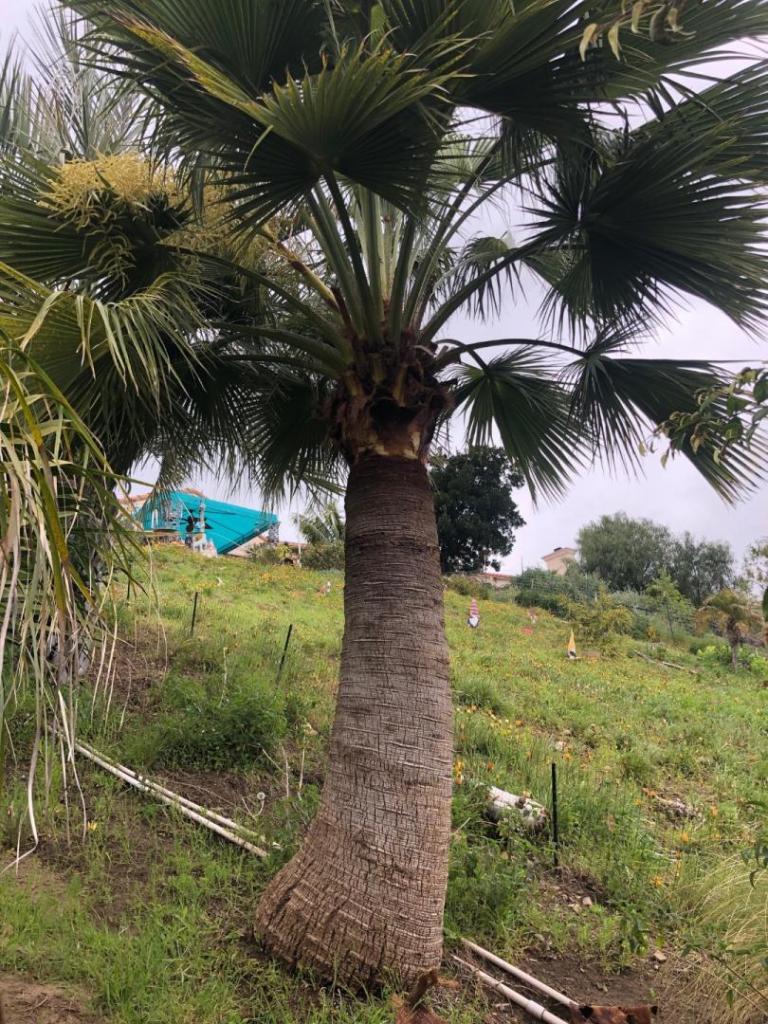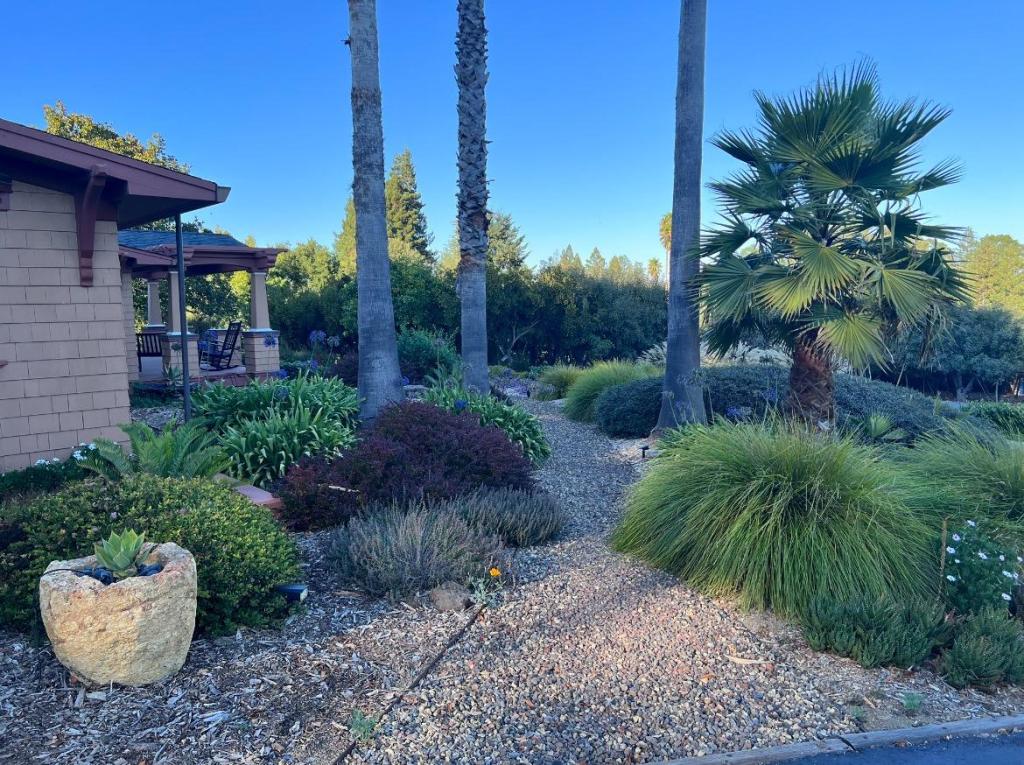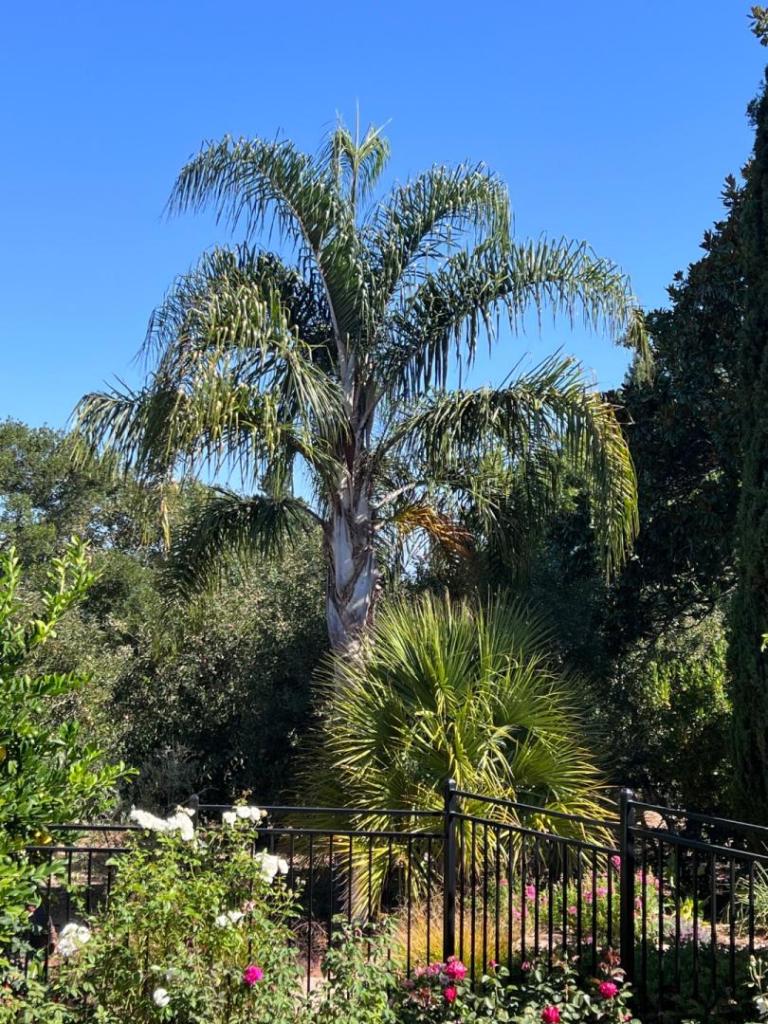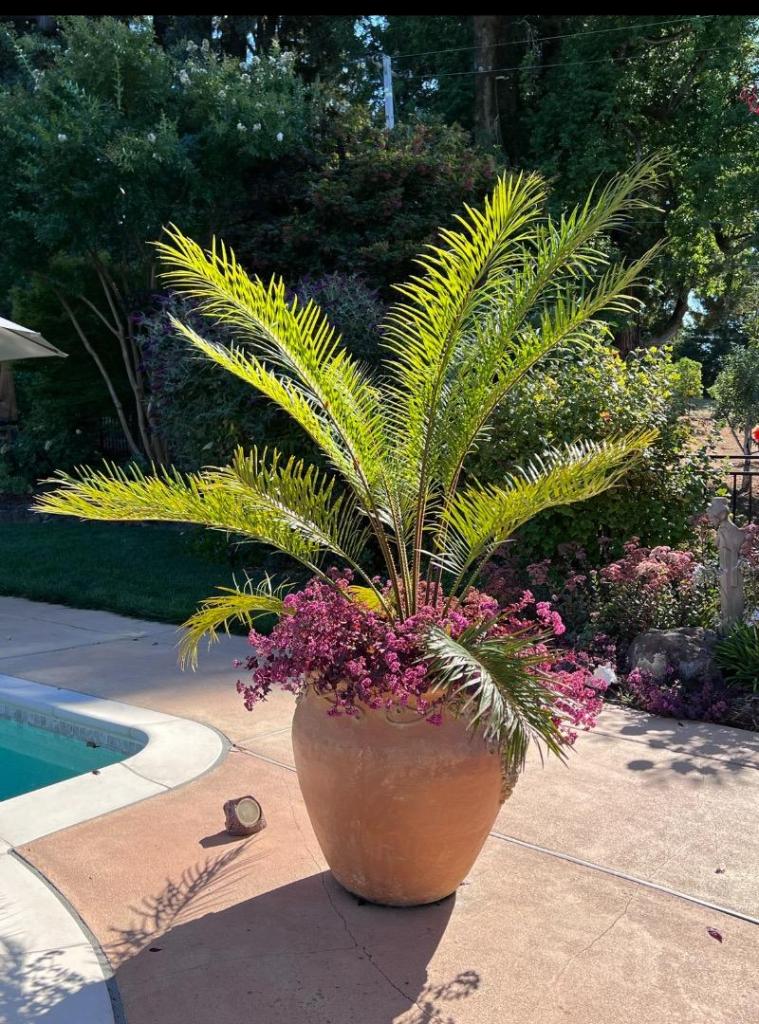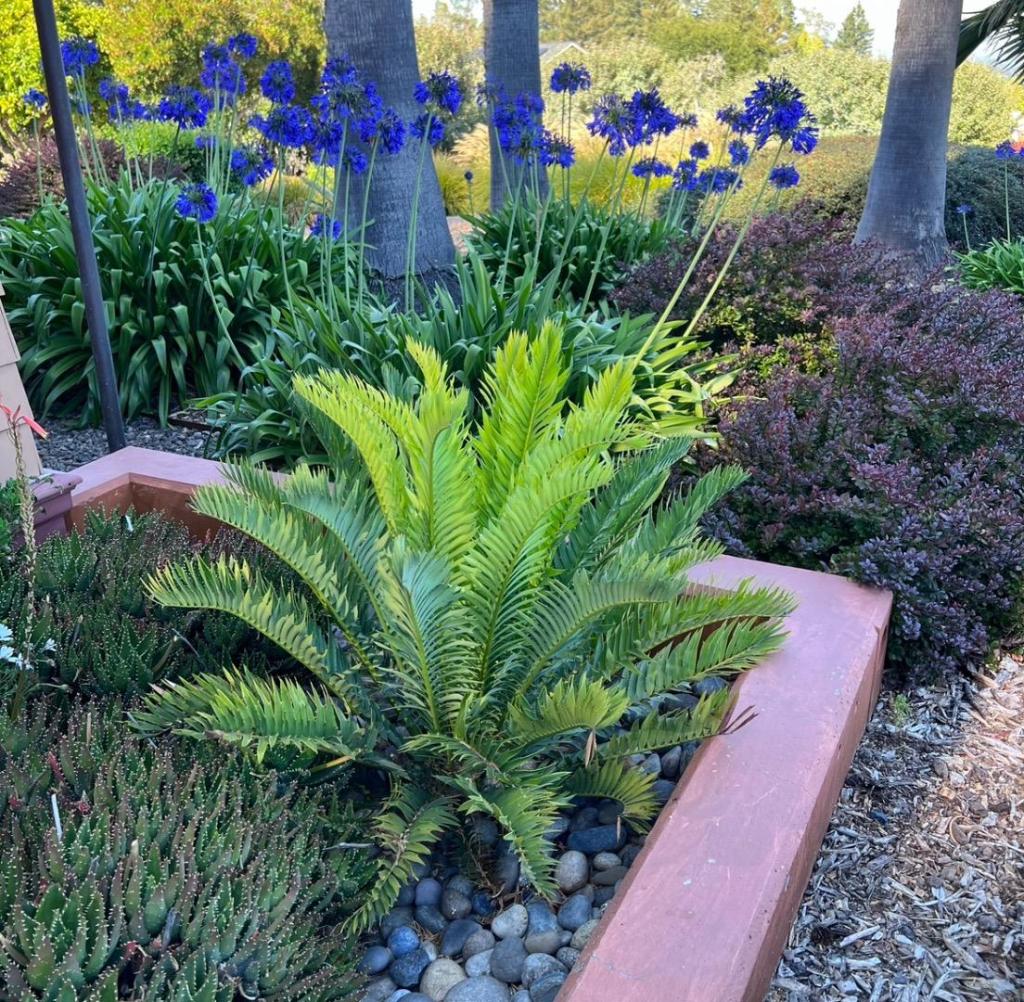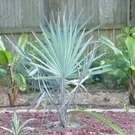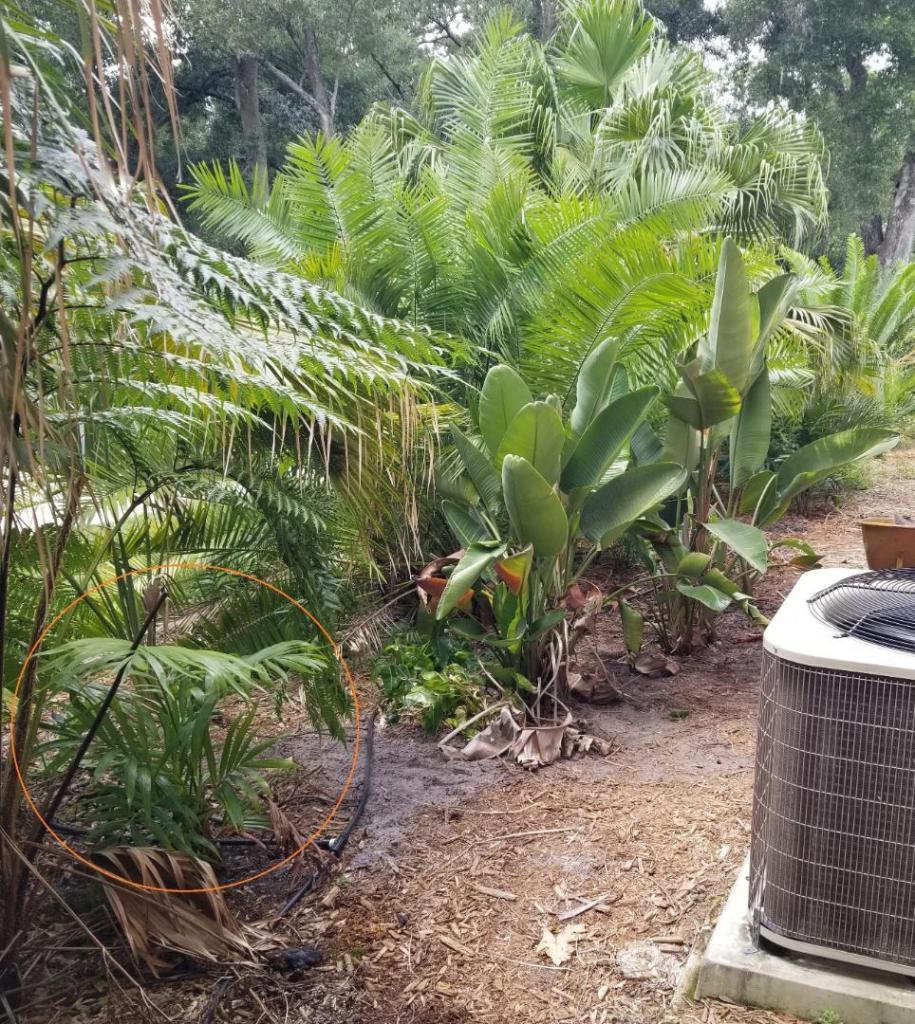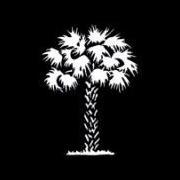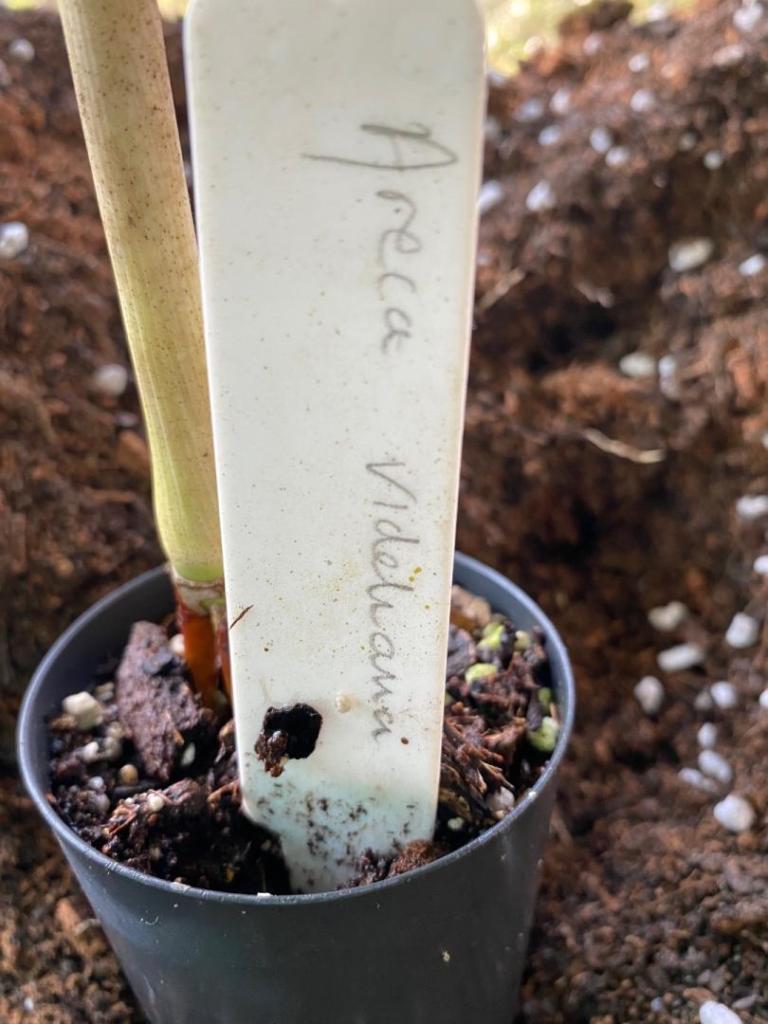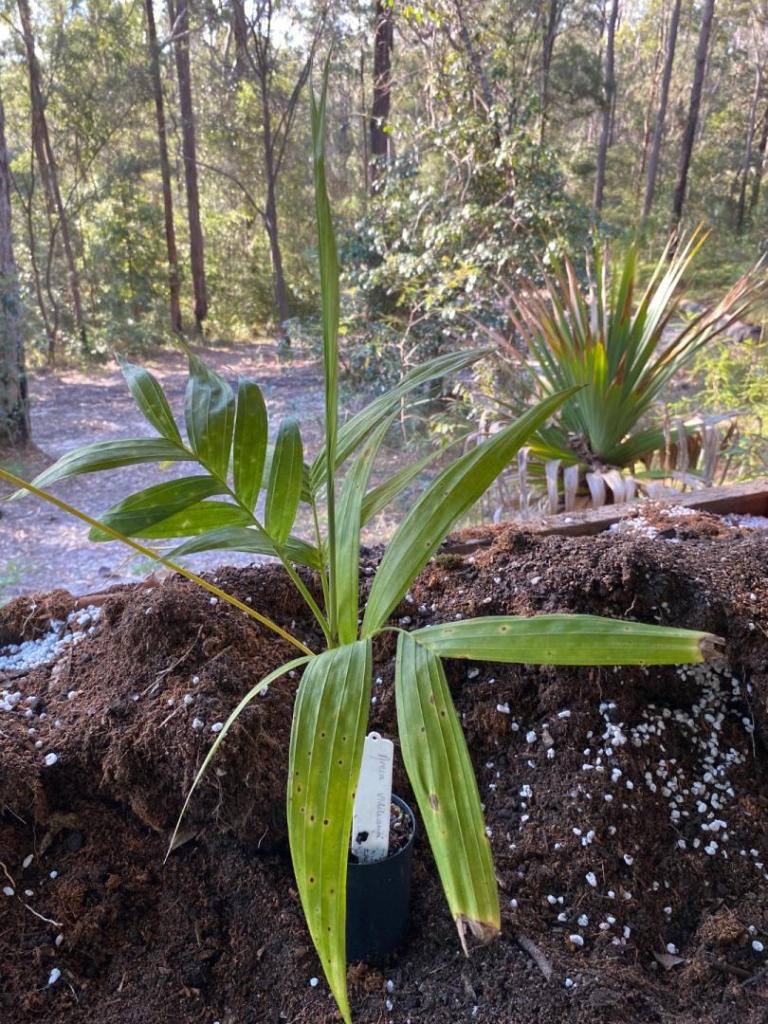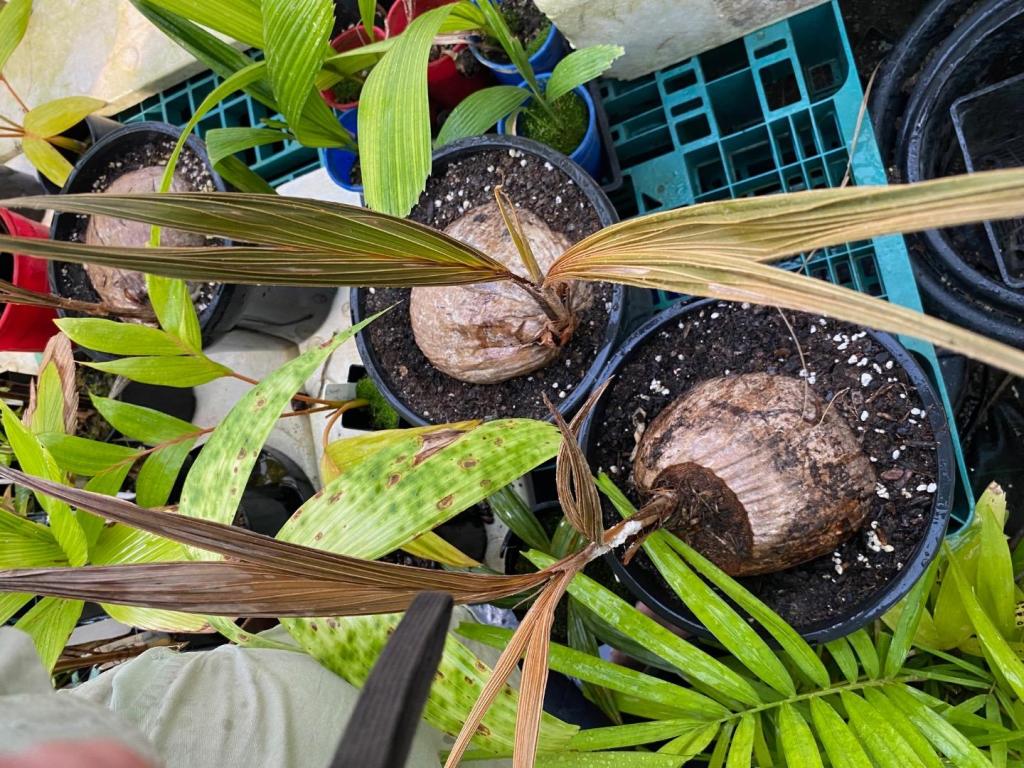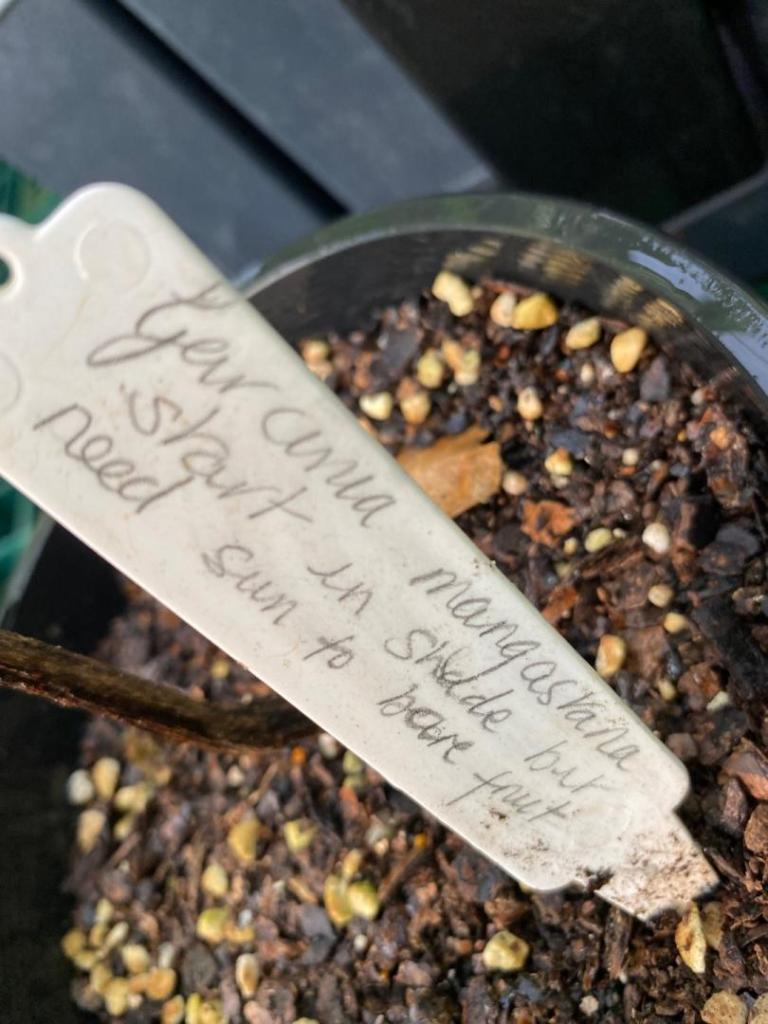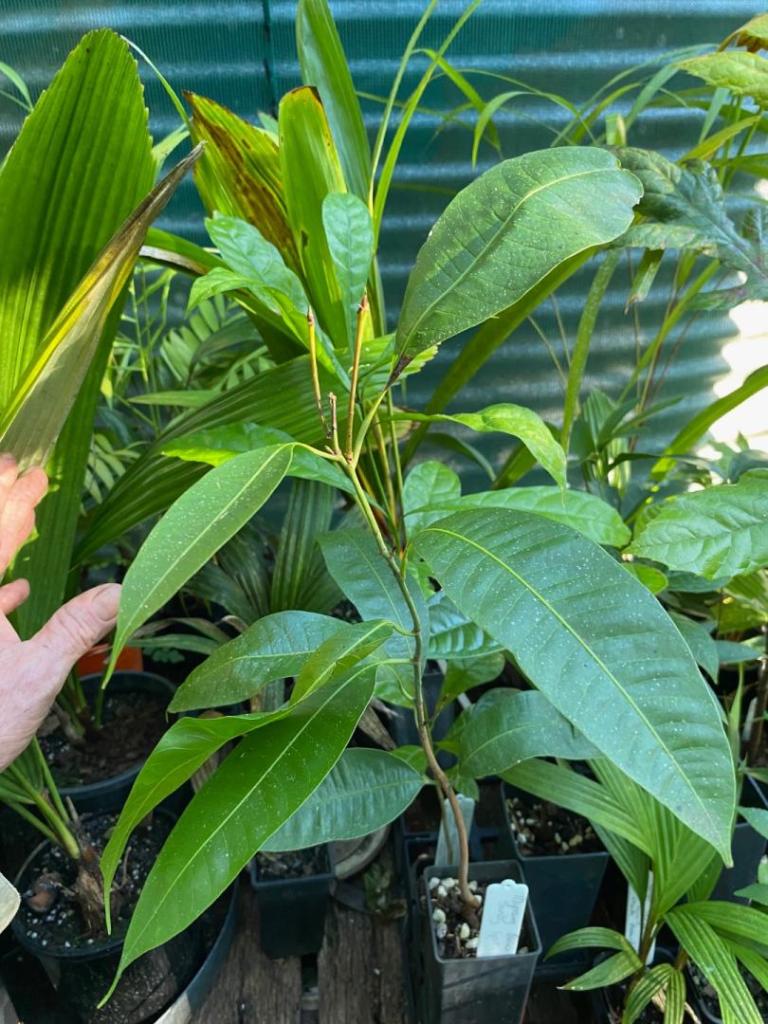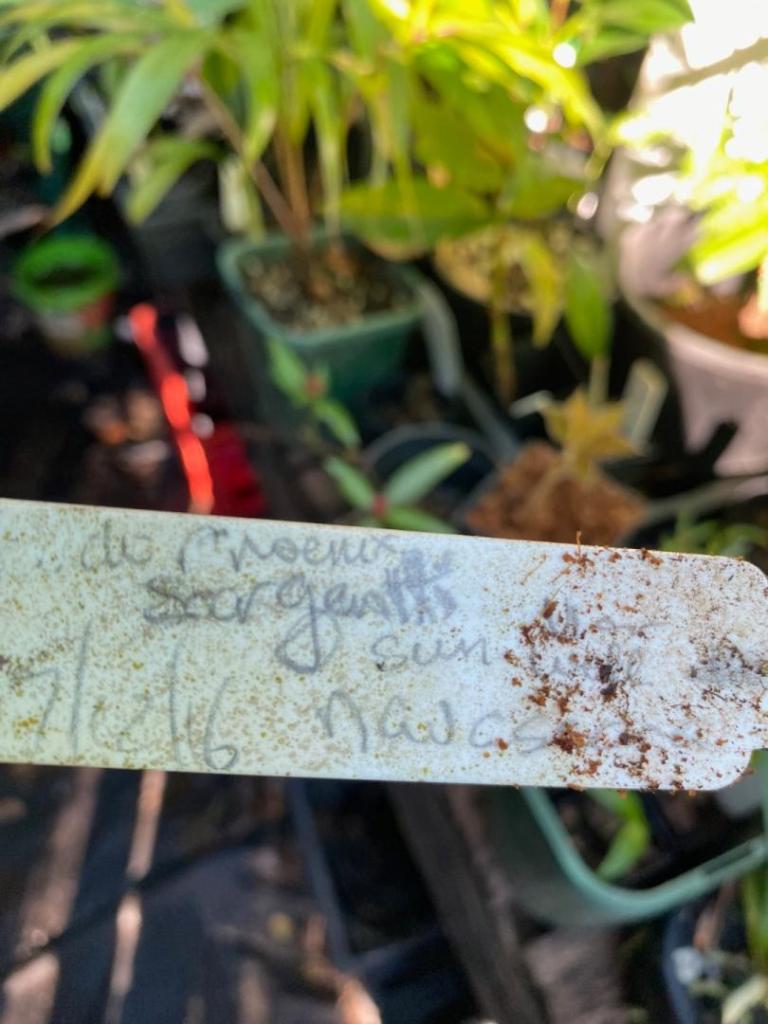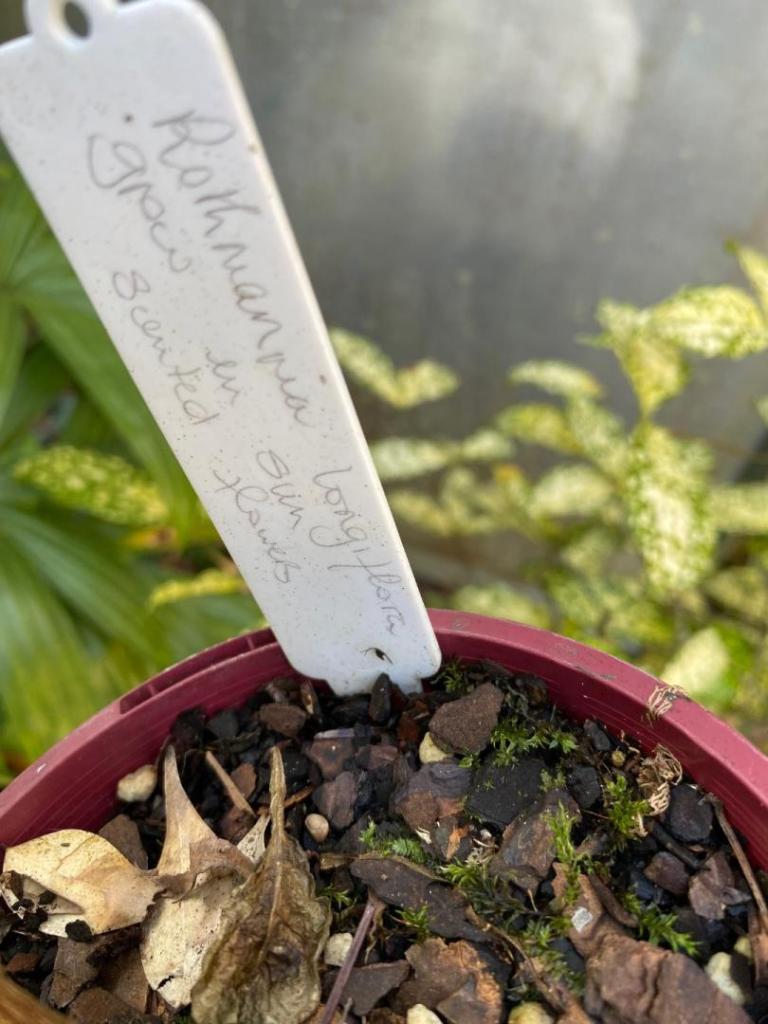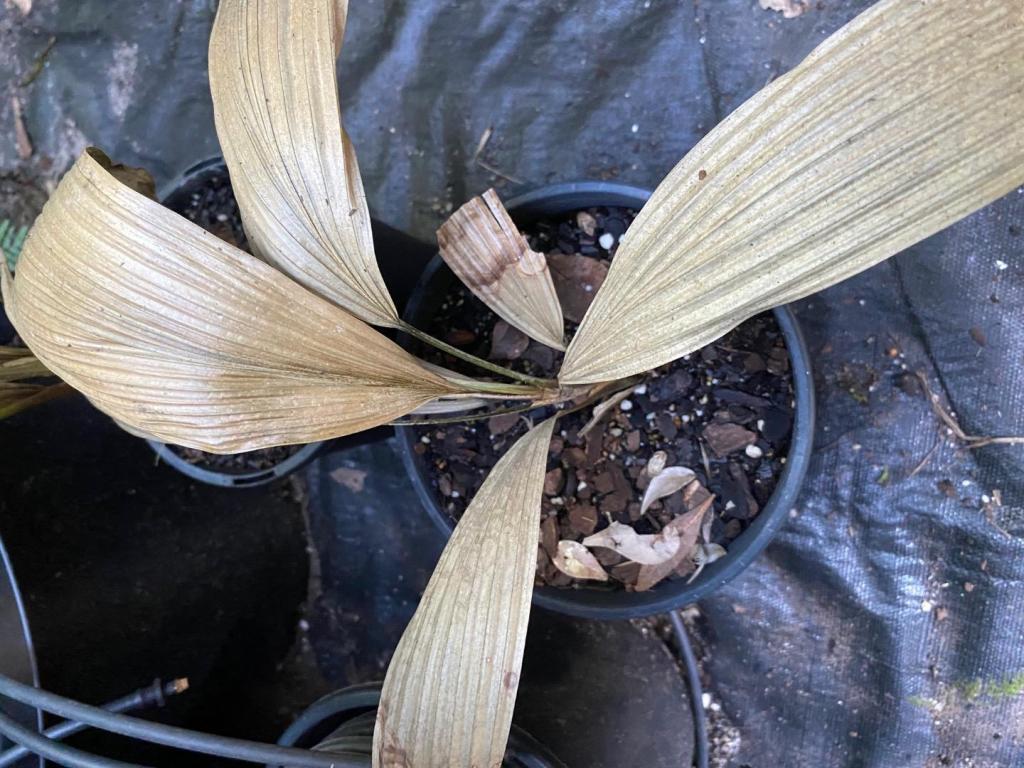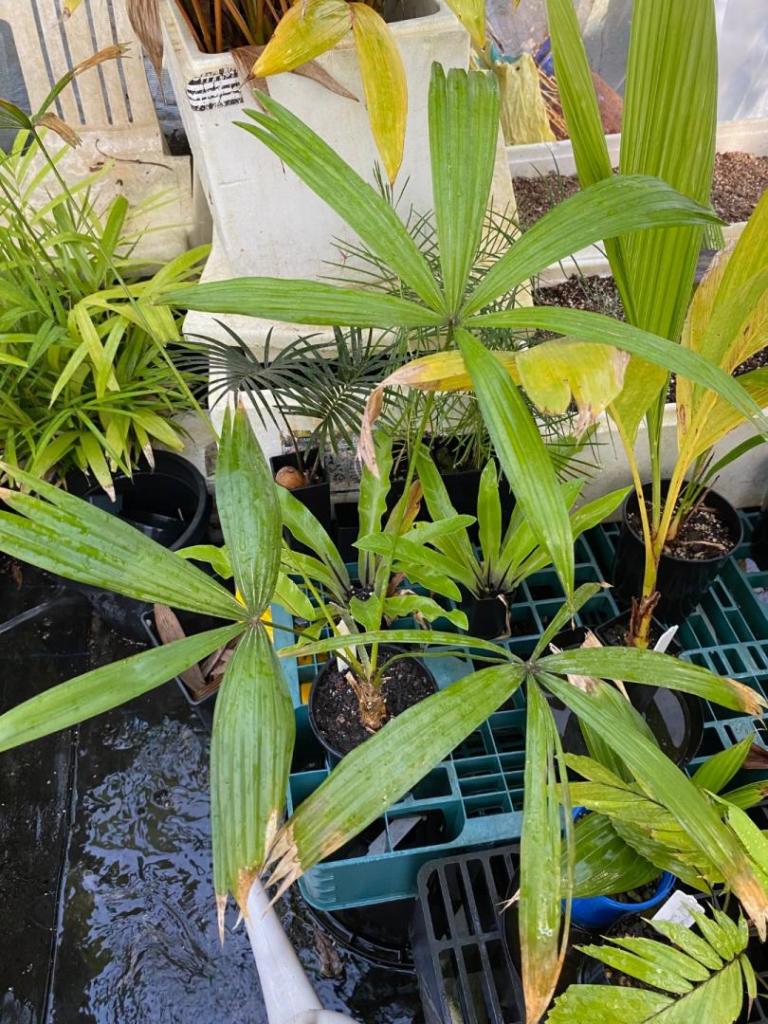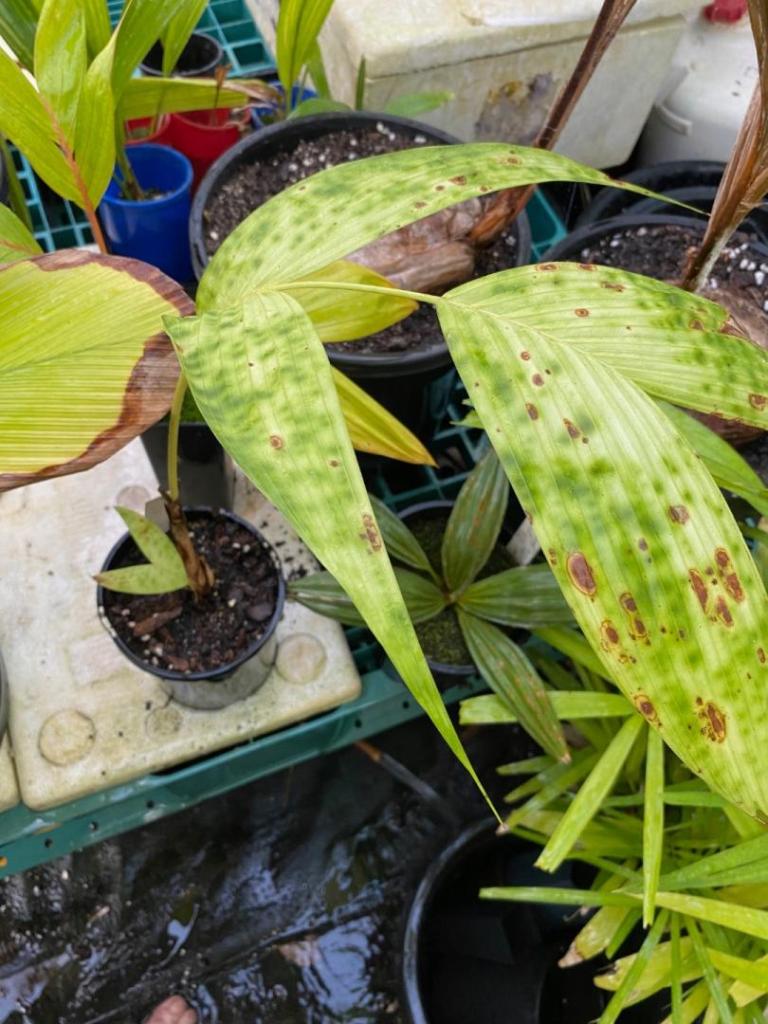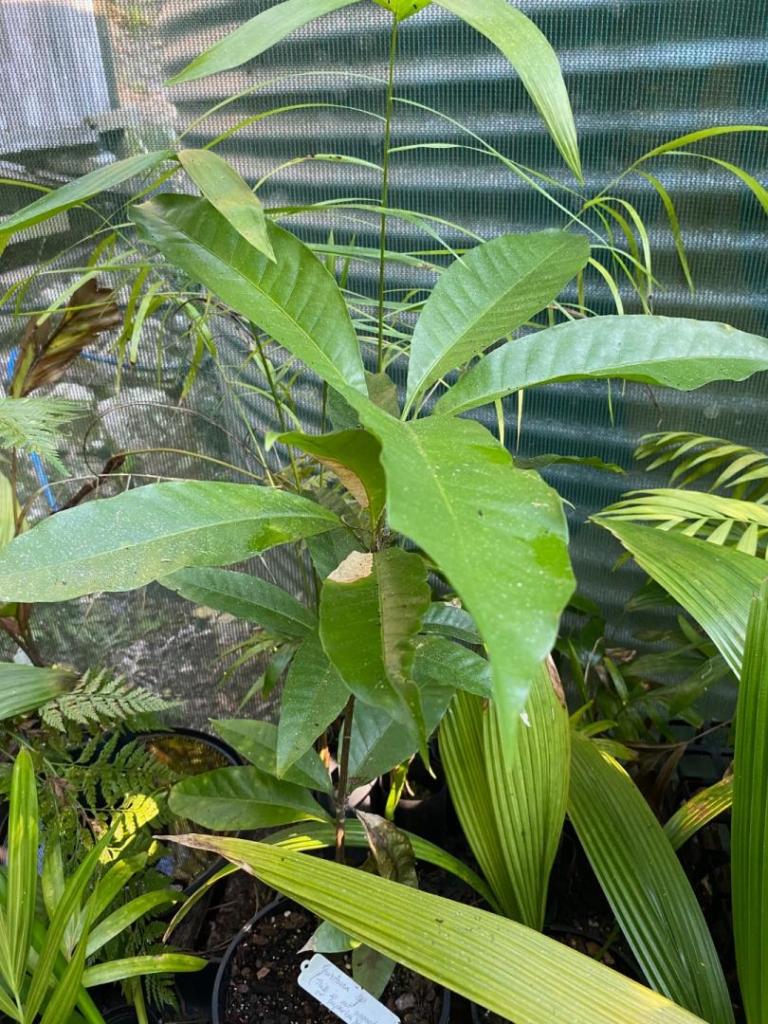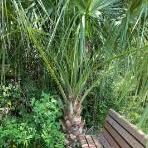Leaderboard
Popular Content
Showing content with the highest reputation on 09/01/2024 in all areas
-
3 points
-
Hey everyone, I have some really nice Brahea edulis palms for sale. Seed gathered by myself. Mother palm is only 1 block away from Lake Merritt. Pick-up only. 76 gas station near Lake Merritt and Trader Joe's. PM for details. Thank you all. Jadd Brahea Edulis for sale: 3 gallon (# 1) - $ 30 B. edulis 3 gallon (#2) $ 30 B. edulis 3 gallon (#3) $ 30 B. edulis 2 gallon (#1) - $25 B. edulis 1.5 gallon- $25 B. edulis for sale tall 4 inch deep pot $25 The whole lot together! 6 total palms for $130!!!3 points
-
The times I have visited Miami I have seen thousands of coconut Palms planted on public property. This would be true for almost any city of size in South Florida. I believe the City of Miami trims the coconuts off the trees to prevent them from falling on people and vehicles. Just to address the potential liability, I would think most of these cities do the same.3 points
-
Bienvenido. I envy you. Those filiferas are gorgeous. I would leave them where they are for the next 100 years.3 points
-
3 points
-
My Sabal mauritiformis has been in the ground for a few years with barely enough shade protection from a Peltophorum dubium overhead. You can see that the fronds are not a deep green. It has handled winter cold well in this location, which is the hottest in my yard. Tucked behind it is one of 4 potted Chamaerops humilis var. argentea (syn. Chamaerops humilis var. cerifera).2 points
-
i love sabal mauritiformis. i have one deeply planted in shade just for the sake of it being stretched to look like an overgrown licuala. unfortunately, i had to cut down the canopy tree that shaded it recently so now its partially shaded by caryota gigas and foxy lady. regardless, the leaves are super stretched and is unfortunately in a very crowded area now. below is a pic of a leaf i had to cut because it was in the walkway of the house. you cant really see the scale but it is about 6 feet in diameter. I will try to get a decent shot of the whole palm later. i also grow sabal yapa which when both were younger were actually strikingly similar with silverish leaf undersides but the yapa is quite large now with large costapalmate leaves. a completely different leaf shape and look as the mauritiformis.2 points
-
@Hawsie, welcome - to the wild Wild West and to Palm Talk! (I’m originally from Cleveland Ohio myself.) I concur with everyone who says your palms are okay where they are. (I wouldn’t call those tree experts again; if you have to, find someone else.)2 points
-
Tree “experts?” They should be ashamed of themselves if they call themselves experts. Those Washingtonia filifera are extremely unlikely to cause the problems that they are ascribing to. Those palms are fine, as is your home’s foundation.2 points
-
2 points
-
2 points
-
Believe it or not, I lived in Hawaii as a young child. My father was stationed at Hickam Air Force Base from 1955 to 1957. I was a young child and remember Coconut trees everywhere. In downtown Honolulu, a person walking down the sidewalk was struck and killed by a falling coconut. Because of this, I remember a crew coming to our home and cutting all the coconuts down from the two trees in our backyard. There was literally a mountain of coconuts in our backyard. My parents took them and made drinks in them when they entertained. Some, that remained started to sprout and had to be pulled up and discarded. I should add that this was before Hawaii became a state. I remember my mother teaching me to write my return address on envelopes with "Honolulu, T.H.". Terrirory of Hawaii... Boy I sure am getting old...2 points
-
1 point
-
When palms have the right soil and climate, they can really thrive. The photos I’m sharing here are of a landscape that I designed for a client in Sebastopol, CA, USDA zone 9a. It sits on 5 acres of apple orchard with a Redwood grove backdrop overlooking the rolling hilIs of Sonoma County. I began this project in 2013. Several palms, such as 4 tall Washingtonia robusta, a Brahea edulis, and 2 Trachycarpus fortunei were pre-existing at the start of the project. The idea was to create a palm garden rather than a palm collection, so just a few more palms were added, but many companion plants to add interest and color. A few cycads have also been introduced to the garden with good results. The soil here is a wonderful sandy loam that seems to contain all the nutrients that the palms need, however, it is also home to a seemingly endless number of gophers. Remarkably they haven’t killed any palms. No palm fertilizer has ever been used in this garden, and everything is on minimal drip irrigation. Summers are warm and sunny in the daytime with cool nights. Winter is cold and wet. The Syagrus romanzoffiana here amazes me, and I’m not much of a fan of Queen Palms. It was planted 10 years ago from a 5 gallon pot, and with minimal water and no fertilizer at all, it is one of the healthiest looking Queen Palms I know of (I can only hope it has been eating gophers).1 point
-
Thanks Daxin, you have good eyes, it is C. revoluta x debaoensis with Sedum being backlight by the afternoon sun1 point
-
Only comfortable with a Pygmy Date Palm near the house, Martin? I have nothing against Pygmies but that would be exceptionally boring IMO and those filifera are obviously groomed so I don’t see any reason to expect any debris “falling” out of them. I would personally hate my landscape if I didn’t have lots of mature palms “hugging” my home.1 point
-
https://organicmechanicsoil.com/product/organic-mechanics-cactus-succulent-blend/ You can use this straight out of the bag.1 point
-
One downside to cutting up so many Queens at one time is that big pile of stump chunks. I was just outside looking at tomorrow's projects and killed FOUR adult palmetto weevils. Apparently they were attracted to the cut stump of a Phoenix Sylvestris from about 2 months back and were all rustling around trying to find a good place to mate and lay eggs. I grabbed two with my gloved hands and spiked them to the concrete and stomped on them. A third tried to hide inside the trunk and failed. The fourth buzzed around me and I pulled a Godzilla move and swatted it out of the air. I think it's time to chop these stumps to bits and burn them. I don't want to be attracting more weevils to my yard...I may dose my 5 or 6 big trunking palms with Imadicloprid systemic. Last weekend I did finally finish digging/cutting out all the Queen stumps, and cut them into pieces. This one was the biggest at about 18-24" diameter at the base. My method was the 12" 3TPI carbide pruning blade straight down on a square around it and then cut a wedge out of the side facing the camera and on the back side. Once I had a wedge out then I cut horizontally underneath the trunk. Then use the 4' tall stump chunk as a giant lever to break any roots I couldn't reach. Once I had those dug out I cut them up with a new purchase, an Oregon CS1400 15A plug in chainsaw. That was a bad choice, as it popped the 15A breaker every time I started bogging down a bit. It might be ok if I had 20A breakers and 10ga or 12ga house wiring, but I do not. So back to HD and I bought a replacement Homelite 9A 14" saw. I'll use that to cut up the rest of the chunks. It'll be a lot easier than the Stihl MSA70...which cuts great and is lightweight but doesn't have the 1000W hogging power of a plug in electric. In the place I planted a Dypsis/Chrysalidocarpus Pembana (circled) about 5 feet from the AC unit, and transplanted a row of three White Bird of Paradise on the far side of the AC.1 point
-
Wouldn't use Miracle grow " soil " AT ALL A good grower invests in QUALITY ingredients for the soil mixes for their plants from day 1. " Miracle Garbage " has quick release, Salts-derived synthetic fertilizer in it ..which these plants do not need.. For Agave in pots, stick with a mix that is: 20% -combined- Cocopeat and a little compost. Remaining 80% of such a soil mix? PUMICE ..NOT Perlite.. ....Some Turface MVP ..and some grit.. That is it..1 point
-
I'd agree...if in doubt use less potting mix. Perlite is a great choice for very lightweight and reasonable water retention. Pea gravel and Turface MVP are super heavy in comparison. If you have a good source for pumice that's a better choice than perlite. For the organic part I'd use something like a loose shredded bark mix. Kellogg organic raised bed mix is a pretty "chunky" mix, or maybe use a small bag of orchid bark mixed in with mostly perlite and pea gravel. For most of my pots I use the "house brand" HD/Lowe's "topsoil" but I have to be careful to find the lightweight bags with mostly shredded tree bits instead of the heavy bags with dense sandy muck.1 point
-
1 point
-
This was one of my first "monster" palms that I really loved at Leu Gardens. They have one in deep shade in the tropical river area and it was really stretched out like a 10x scale Licuala. I have two in my yard in part-shade. They aren't as hardy as most other Sabals, but took only minor damage with 24-25F and frost. I'd say ~25% burn at that and just kept on chugging slowly along!1 point
-
With winter almost finished it was time to look at who survived and who made it a lot of my new licualas made it a couple didn’t some of my new trees looked a little bit worse for wear but made it a few did really well a Kerriodoxa just said goodbye along with a sabinara magnifica the coconuts laughed at me for even trying Areca catechu said why did you even think I would live pinanga blue seed survived losing most of it’s tropical grown leaves but lived my garcinia mangostana just gave up completely socratea rostrata tolerated winter Areca vidaliana faired pretty good so not to bad some where happy others not to happy with temperatures as low as 2 degrees Celsius the cold wet week was the last straw for some at the last month of winter so for the zone pushers in us all I hope this information helps you in expanding your collection by giving it a go I certainly learnt a bit in what will live and what won’t live a couple I kinda knew wouldn’t live but you have to try.1 point
-
I have yet to meet a "tree expert" that knows much about palms. This is a classical misunderstanding, palms are not trees. They are more closely related to grass than trees. https://www.arborday.org/programs/nationaltree/palm.cfm#:~:text=It is unique both for,trees in the United States.1 point
-
Wow. An amazing garden, all the way to the Queen. The Jelly palm has such striking color. I cannot believe that someone invested in Braheas! Typically we see robustas as the fan of choice. The owner has impeccable taste.1 point
-
Honeybee 'competition' to see which one can make it back to the hive first with pollen from a white moonflower (Datura wrightii )! 20240830_194017.mp41 point
-
There is a spot up on Rincon between Mondo’s and Pidas ( Mary’s) I used to call Three Mexicans” because there were three very tall Mexican Fan Palms that were next to the house where the sand bar is . It would stand up there even on a small day , outside break …. and…..right , which was great because I’m regular foot unlike the surfer in the mural . Lefts weren’t my favorite. O k back to our regular programming! Harry🌴🙄1 point
-
BA leaf bases are much bigger than queens, a much heavier leaf. App ID's are pretty poor at matching plants that are not in their library. My sister tried identifying my palms no luck except bismarckia and cuban copernicias. I studied pattern recognition in grad school with AI and statistics. Today the algorithms are not very different and the same basic principles apply. AI is much more useful today due to th emassive amounts of data it needs are available for some applications. When you are trying to recognize one out of thousands of palm species targets, the library may not contain that palm or the image could be when the palm is young or a different visual perspective. It will take a while for the data to be incorporated that can compensate for different species and visual perspectives, let alone seedlings juveniles and adults. AI requires lots of data and perhaps most important initially is mining that data for the library. Identifying an alfredii as a queen says the algorithm doesn't even understand the parameters of trunk thickness or leaf plumosity. A human has no problem differentiating the two with just one or two parameters. The app will be good when it can match a human, and outstanding when it is better than a human expert. Dont hold your breath, as I cant imagine the financial incentives to really develop such an accurate app on a large set of targets(many thousands of palms). My thesis was comparing neural network methods with statistical methods of classification and multiple regression. But lets face it any human can see that a 30' wide alfredii with a 3' thick swollen trunk base and planar leaflet arrangements is nothing like a a queen. Queens are easily differentiated with a trivial algorithm using just plumose leaves. The queen is also differentiated by its 12-15" thick trunk palm that is 15- 20' wide. The problem of saying "its not a queen" is much easier than asking what is it? The people writing that app need to get to work to make it useful.1 point
-
When I was in Hawaii the Coconut Palms were everywhere . The look is quite tropical and iconic of beach life. Once they start fruiting they have to be maintained or the fruit can be hazardous. We were on Kuaii a couple of years after hurricane Iniki and many resort ares were fenced off with chain link fences. When I inquired about the reason , maybe vandalism , I was told that the main reason was that the Coconuts had not been removed and when they fall , are quite dangerous. People in residential areas had the fruit piled up by their mail box with signs “free” . As a visitor I had to take one and try it . O M G ! The taste is so much better than what we have in the store. A valuable resource. HarryMorea , Tahiti showing my daughter how to get them open . Shake and listen for waterRemove huskStrike here with sharp blow from heavy stickAnd bingo!1 point
-
Two second video hoping to share the sight and sound of many bees that swarm my palm flowers. IMG_0064.mov I am including a photo in case you can’t see the brief video. The video is short because I needed to remove the screen to take the video and stick my hands with my phone camera not far from the flowers outside my bedroom window. Yes I am lucky to have such a view! Potentially bees who did not care for the intrusion could have at the least entered my house. I do get volunteer seedlings but only a small percentage are variegated. I hear of real problems with loss of bee populations so am happy to see no such issues on my farm at this moment.1 point
-
That’s amazing. I have walked under palms with inflorescence and can hear the buz several feet above , only to look up at the flurry of activity. It seems they really like Phoenix and Syagrus. Thankfully ignoring my wife and I . Even though she has a sever allergy ( a sting means a trip to the hospital) she has learned to remain calm and the bees just ignore us. Harry1 point
-
This may be my favorite palm. I love the way it looks, and the deep green color it possesses. I wish it were hardy down to 9A, I’d grow one in a heartbeat. Alas in a Texas 9A it would lead to sorrow. Here are some photos from a specimen at the Fairchild Tropical Botanical Garden when I visited in 2016.1 point
-
Yes, I got a 25g from MB for $150 this year, that was already 9-10ft tall.1 point
-
In 13 years from a 3 gallon strap leaf just going pinnate, my largest alfie has grown about 7' of trunk including the dead leafbases. Here it is with 5' of the trunk clear. I let leaf bases fall off, no removal. I'm happy to know its self cleaning as it matures. Dont be mistaken these are large trunked, wide crown palms when mature, larger than bismarckia. There are plenty of roots 20' from the trunk of this palm. Mine has been exposed to (2) cat one hurricanes, no tilting. So 7 feet of trunk in 13 years pales to my other palms: Bismarckia(>20' trunk growth), Royals(est 20-23' trunk growth), sabal causiarum (20'+ trunk growth), Livistona decora(>20' trunk growth). My largest alfie is 30' or perhaps a couple feet more but that trunk is just 7 feet1 point
-
1 point


